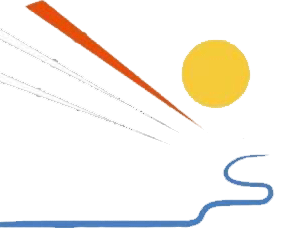Our route from Victoria Falls to Etosha
because you want your trip to be different, we’re here to help you build
Your tailor-made itinerary
Mosi – Oa – Tunya
The smoke that rumbles
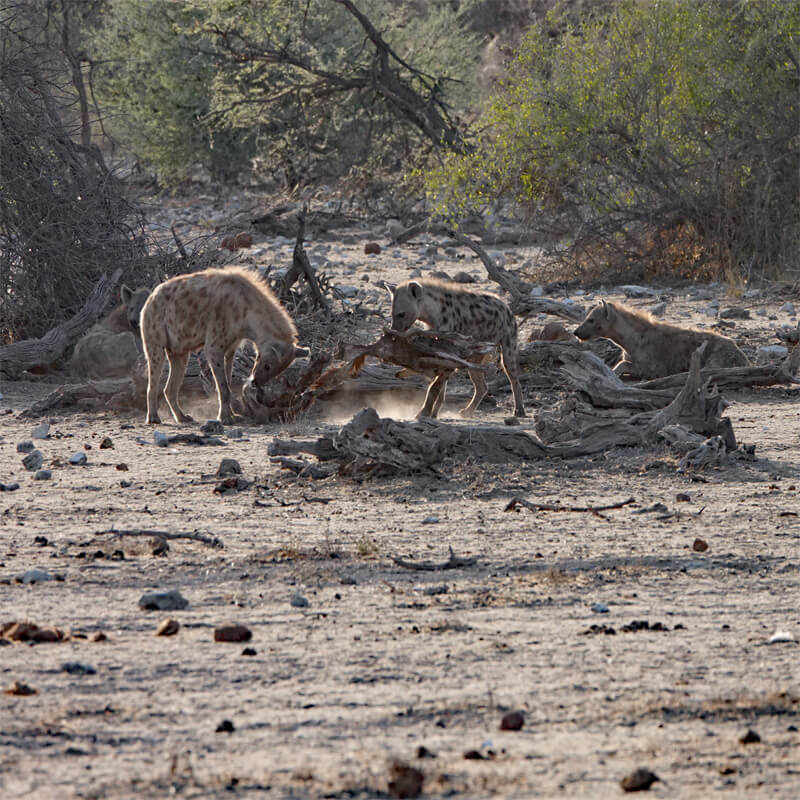
Etosha N.P.
A must-see Namibian environmental challenge
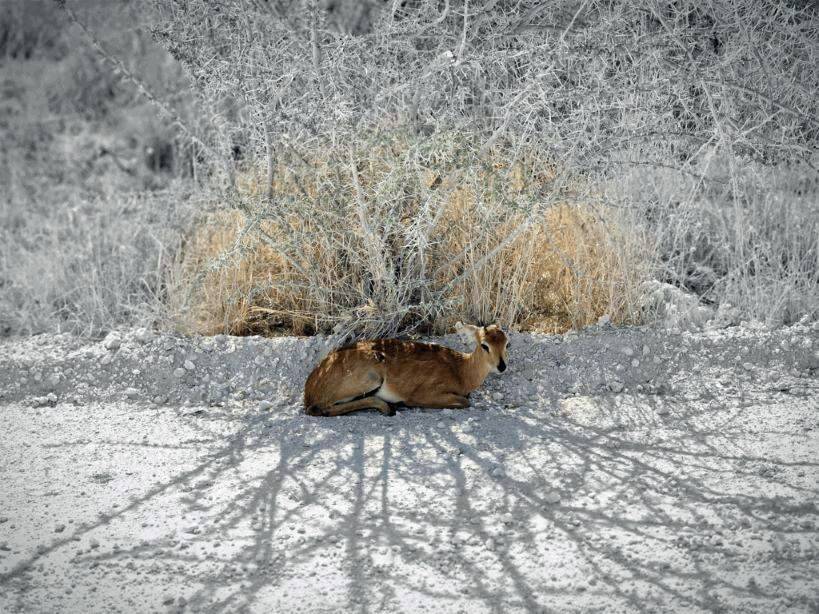
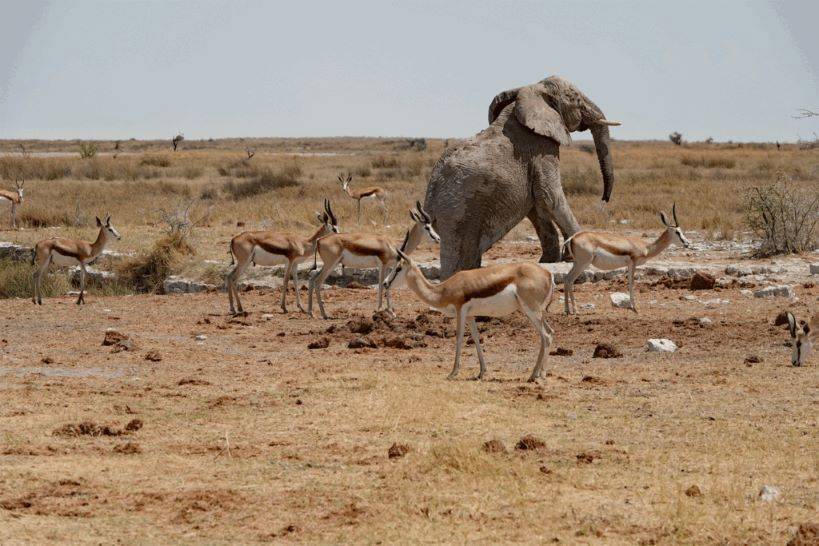
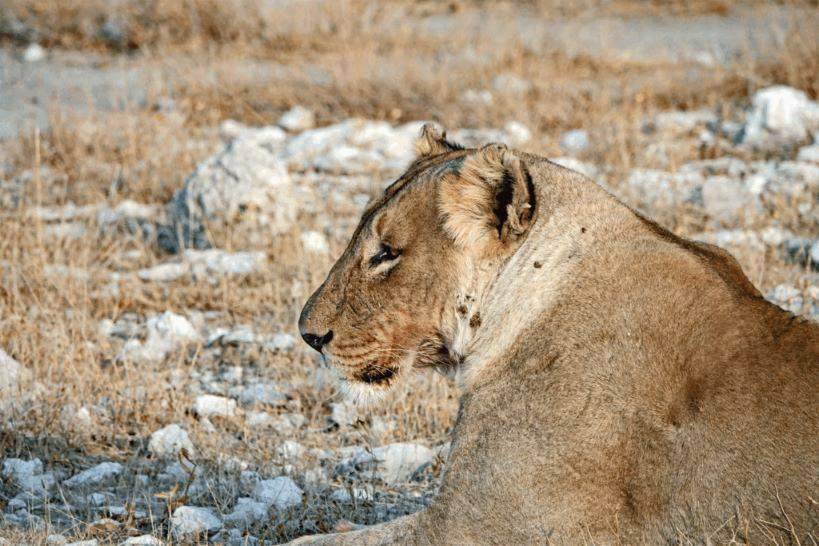
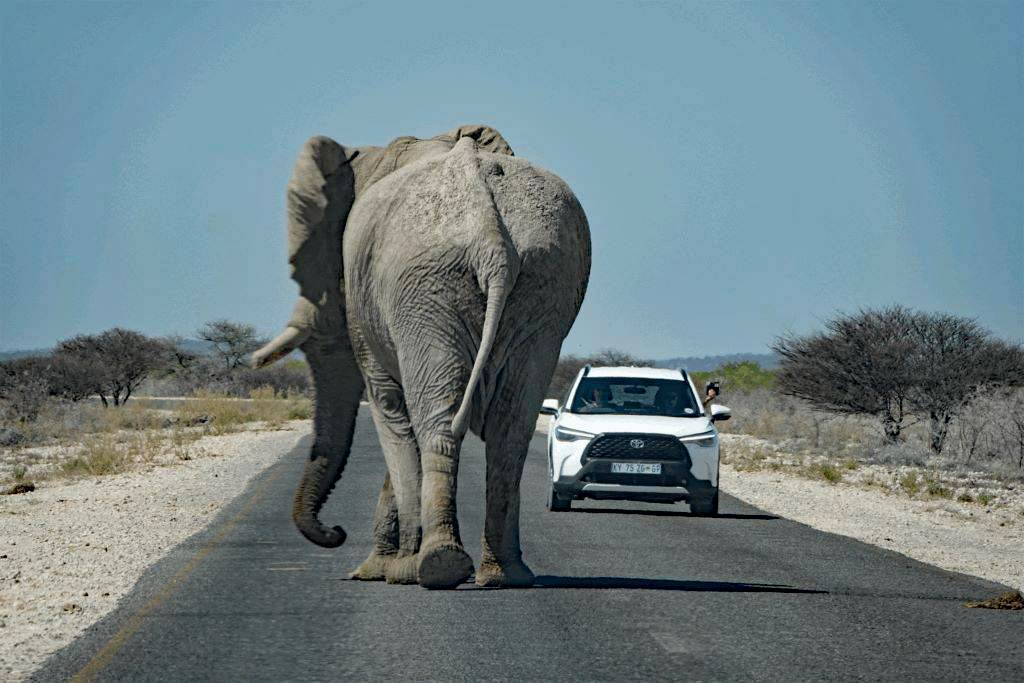
Chobe N.P.
The northern region of Chobe National Park, known as the Chobe River Front, stretches along the river of the same name. Often referred to as Noah’s Ark, the Chobe River Front boasts a fantastic diversity of flora and fauna. Along its banks, huge herds of elephants and buffalo come to drink and bathe… If you’d like to enjoy a wonderful cruise at the end of the day on the Chobe River, you’ll have the opportunity to observe elephants, crocodiles, hippos… in exceptional conditions.
The small town of Kasane, at the gateway to the park, offers a range of facilities: bank, post office, petrol stations and a few stores for supplies.
Chobe River Front
An unforgettable experience on the road to Caprivi

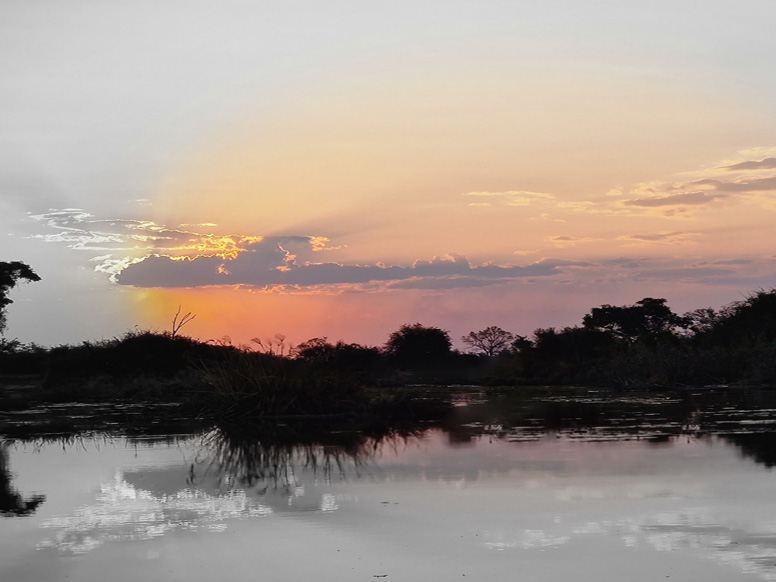
Very different from the rest of Namibia in terms of landscape, population and wildlife, this park is home to an abundance of fauna, as it forms a migration area between Botswana and Angola. Here you can observe large herds of elephant and buffalo, hippopotamus, antelope, numerous bird species and felines such as lions and leopards. The refuge is also home to the largest concentration of wild dogs.
Bwabwata N. P.
An unmissable Safari
One of the world’s most intact reserves in terms of biodiversity. The Bwabwata N.P. is rarely visited by tourists, but offers visitors an extraordinary adventure on a 4 x 4 safari drive, for the pleasure of the eyes, for photography and for observation.

Popa Falls
Where Kavango plunges into Okavango
A charming and peaceful place where the Kavango River in Namibia becomes the Okavango in Botswana.
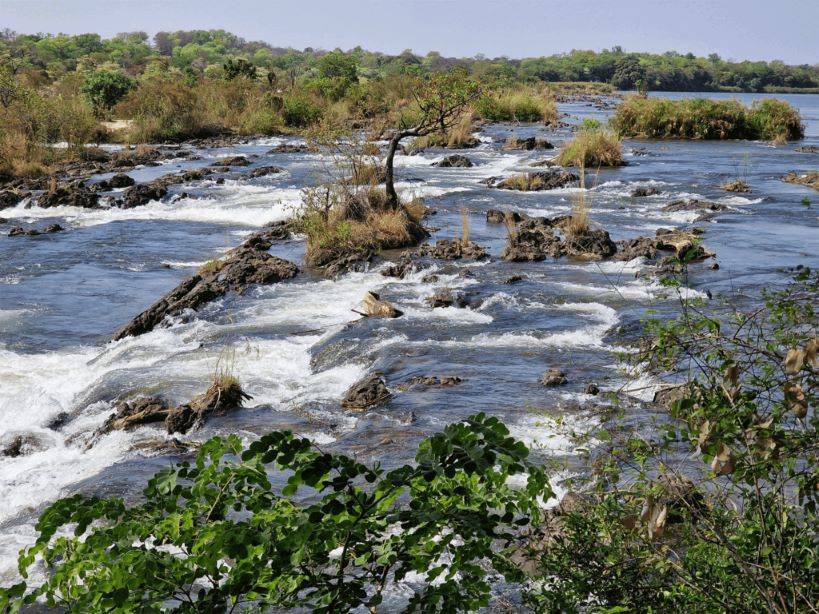
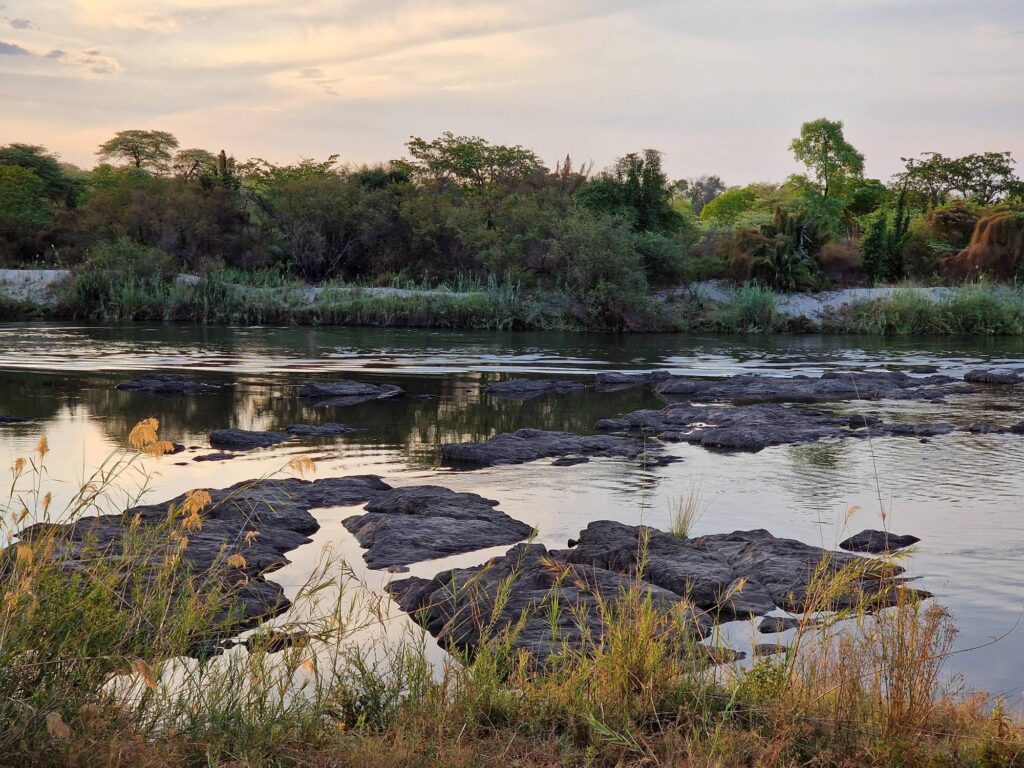
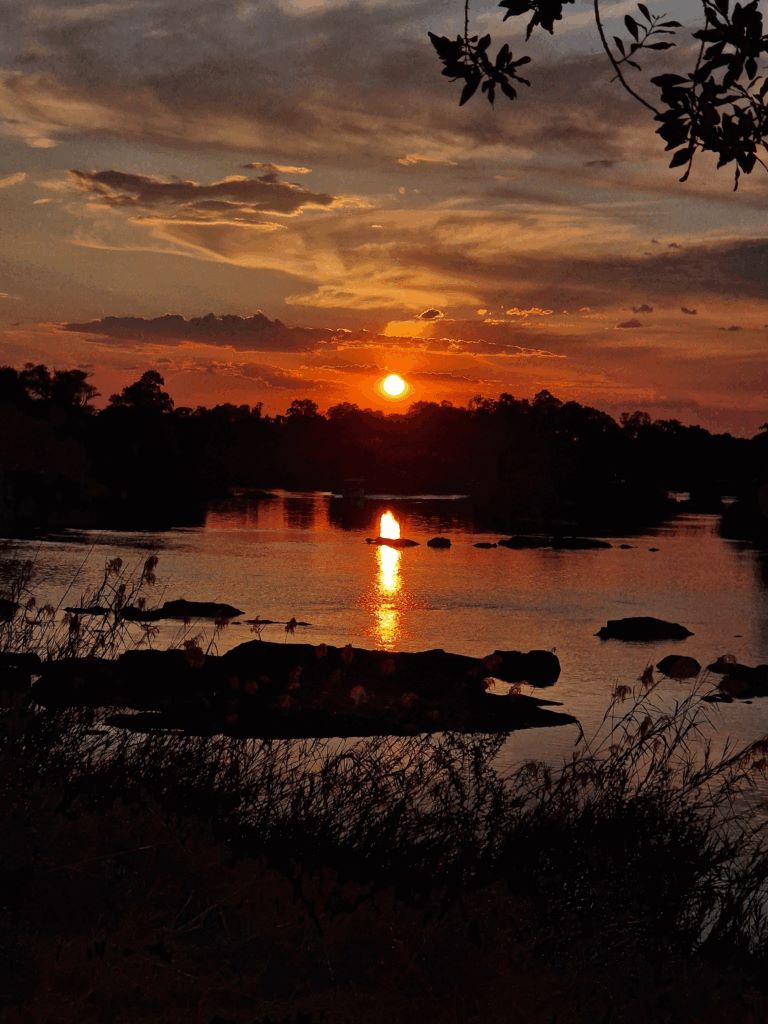
From Victoria Falls to Etosha: 14 days
Days 1 and 2: Victoria Falls
Day 1: Welcome at the airport and transfer by cab to our Pennywise Cottages accommodation (very simple establishment, exceptional staff).
Dinner at 3 Monkeys.
Day 2: 6:30 am departure on foot for Forest National Park.
Visit Victoria Falls and walk through the rainforest.
Lunch at Brooks Cafe & Deli Vic Falls in Elephant Walk.
12 h : Transfer by cab to Kasane.
Pick-up of rental vehicle.
Check-in at our accommodation, Irène’s (a very friendly cottage), full provisioning in town for 2 days.
Lunch at the cottage (self-catering) or in town (free).
Dinner at the Old House.
Detailed itinerary
Réservation
Reservations must be made well in advance, due to the small number of pitches at campsites and lodges. It is best to allow 8 to 10 months for this itinerary.
Travel insurance is compulsory for trips to Namibia, Botswana, Zimbabwe and South Africa.
Reservation deposit: 30% of invoice amount.
Balance to be paid on the invoice due date, i.e. 2 months before departure.
Guaranteed departure from 2 reserved vehicles.
Price information
Prices are indicative. They include 4 x 4 rental vehicle with standard insurance and camping equipment, selected accommodation and meals, escort, entrance fees to reserves, selected activities.
Not included: flights, drinks, food and beverages not included in the selected accommodations, refuelling and self-catering, fuel, activities not included in those selected, tips, personal expenses, travel insurance.
Quotes on request.
